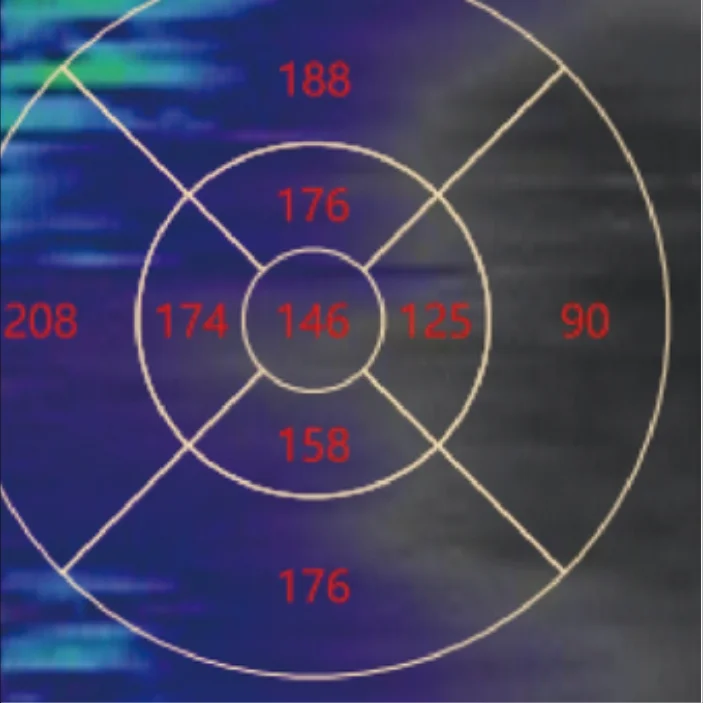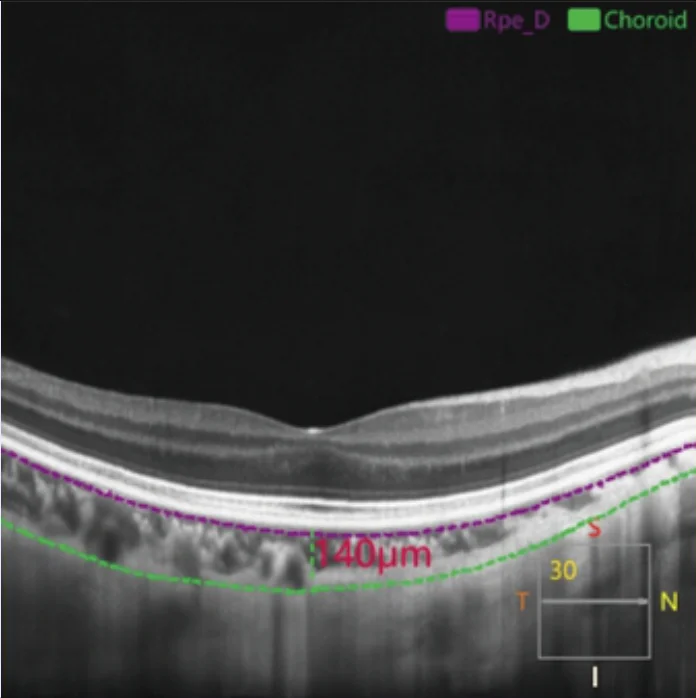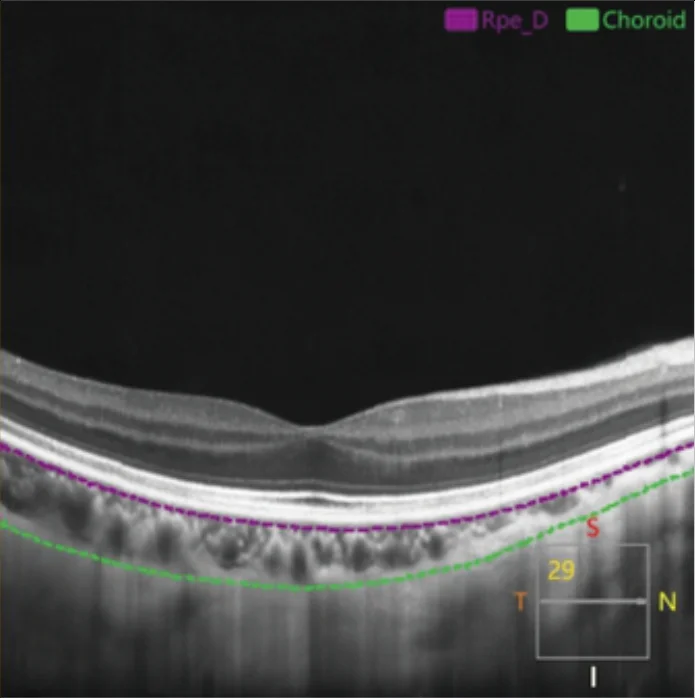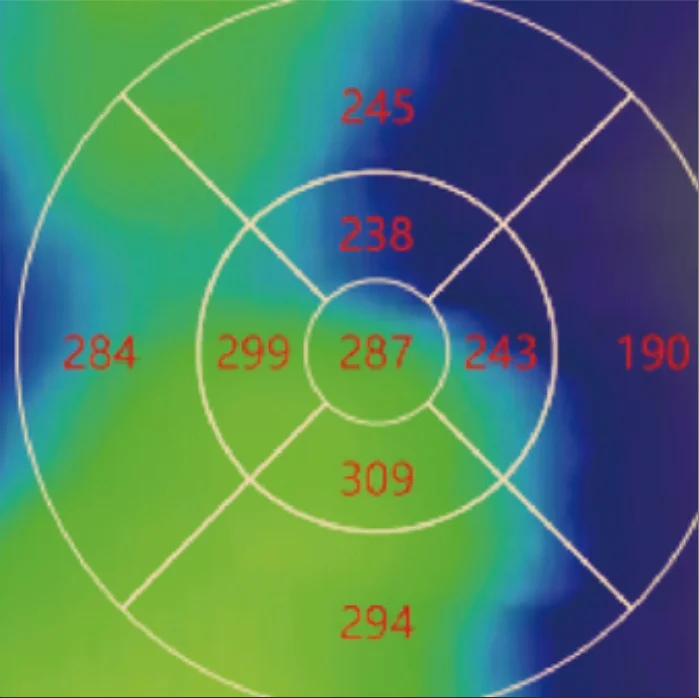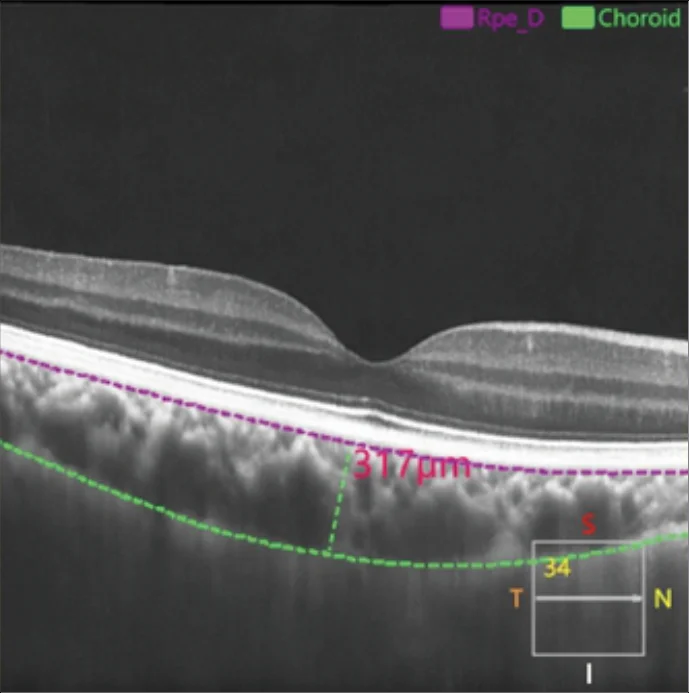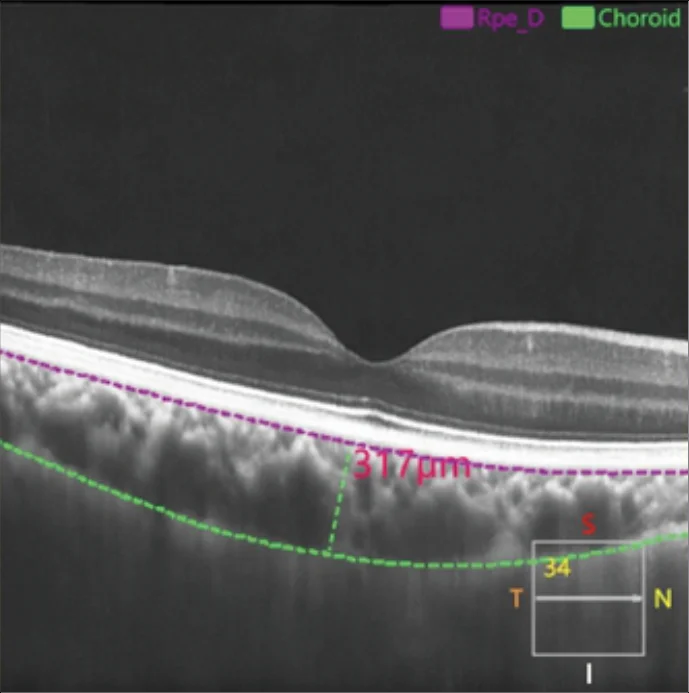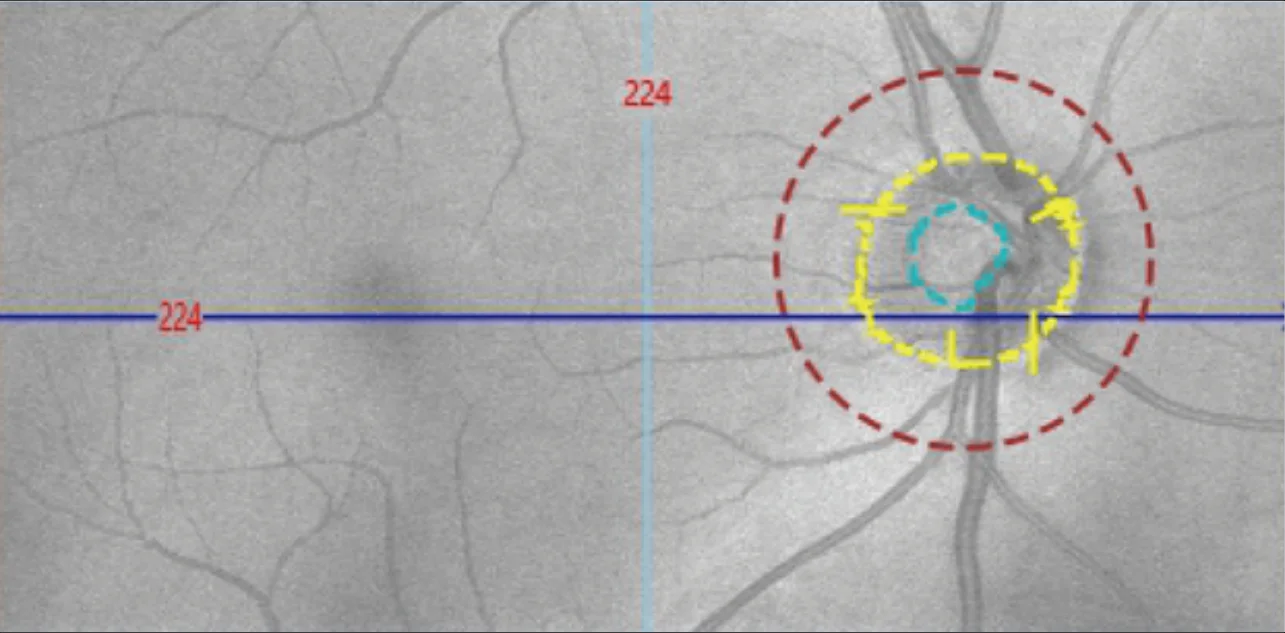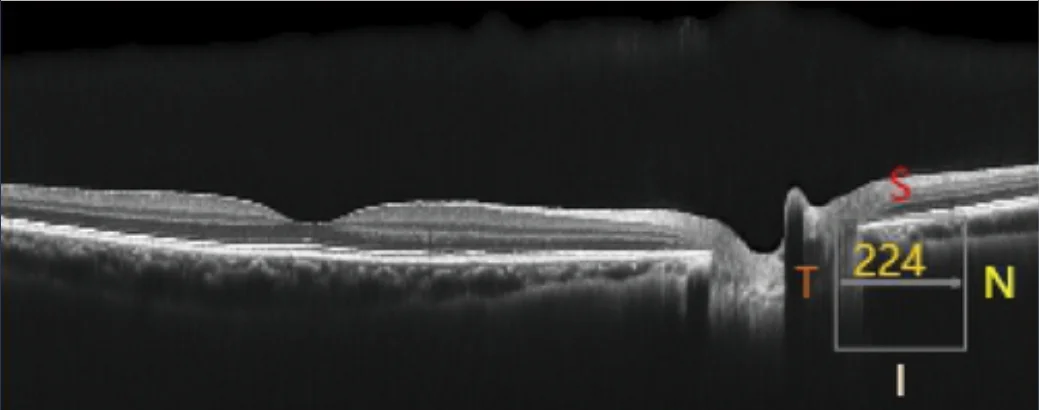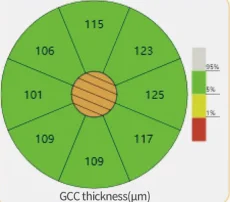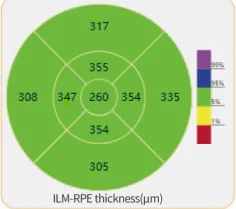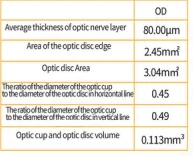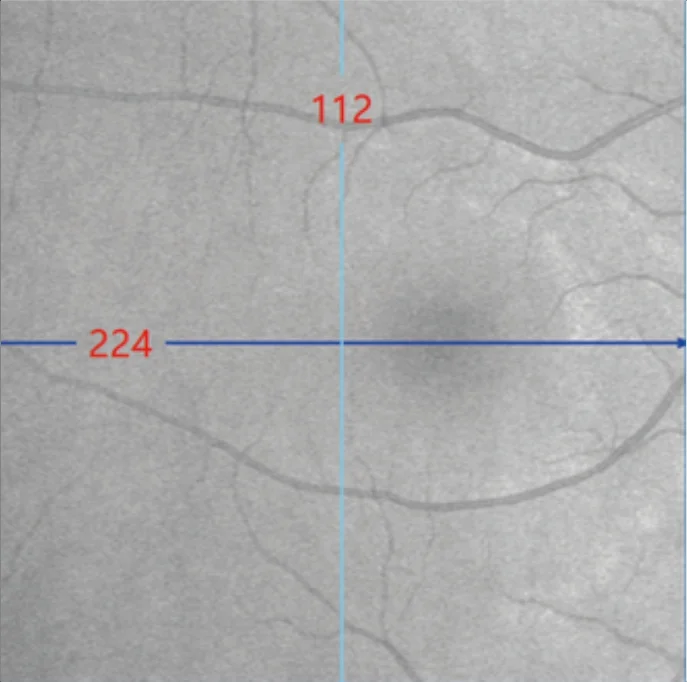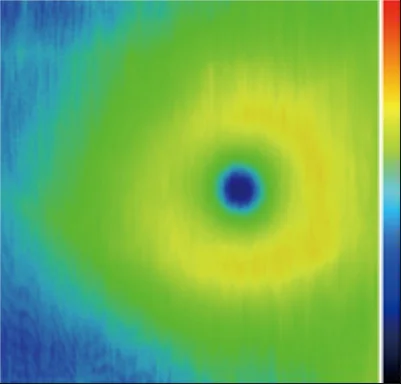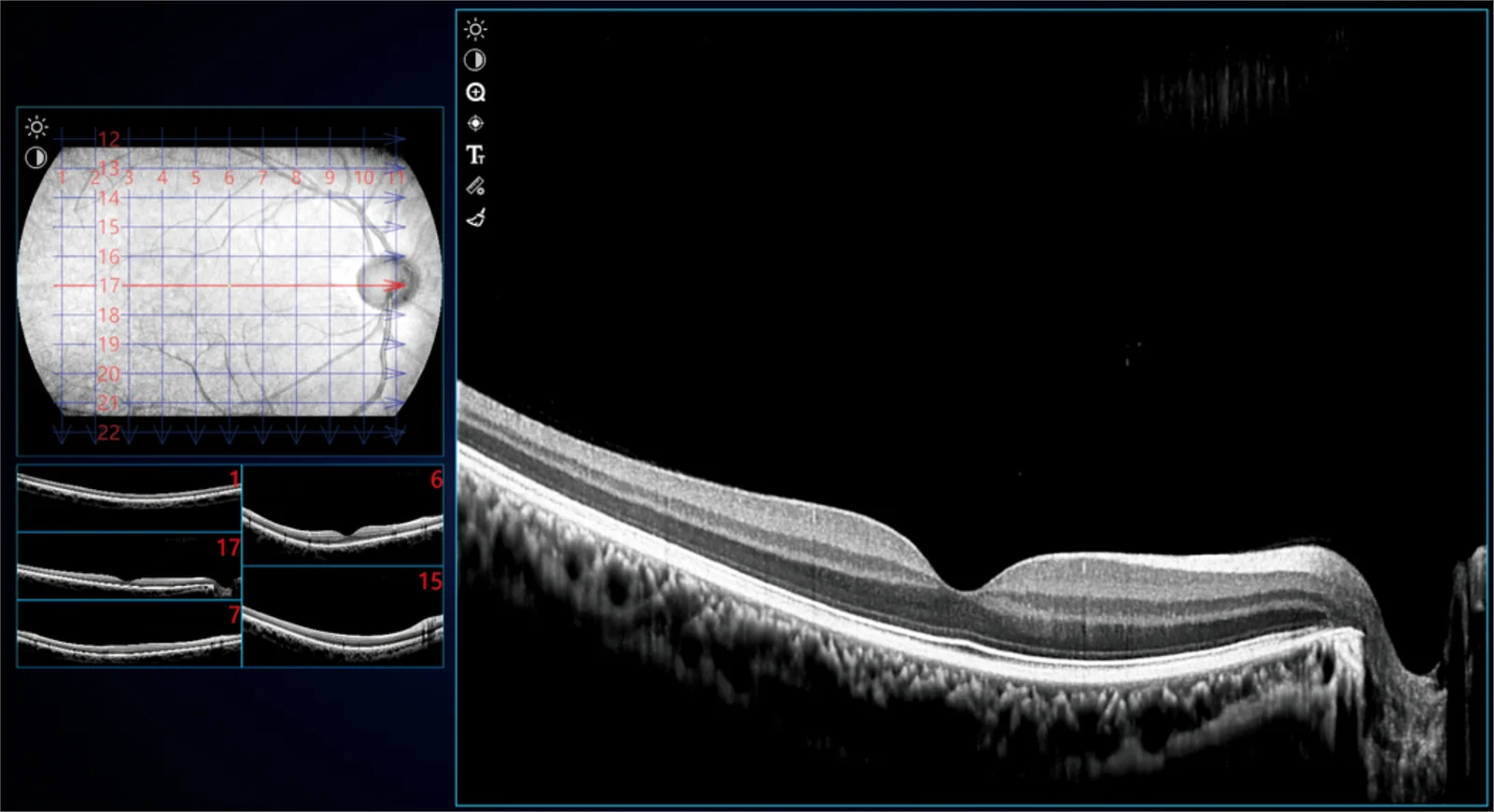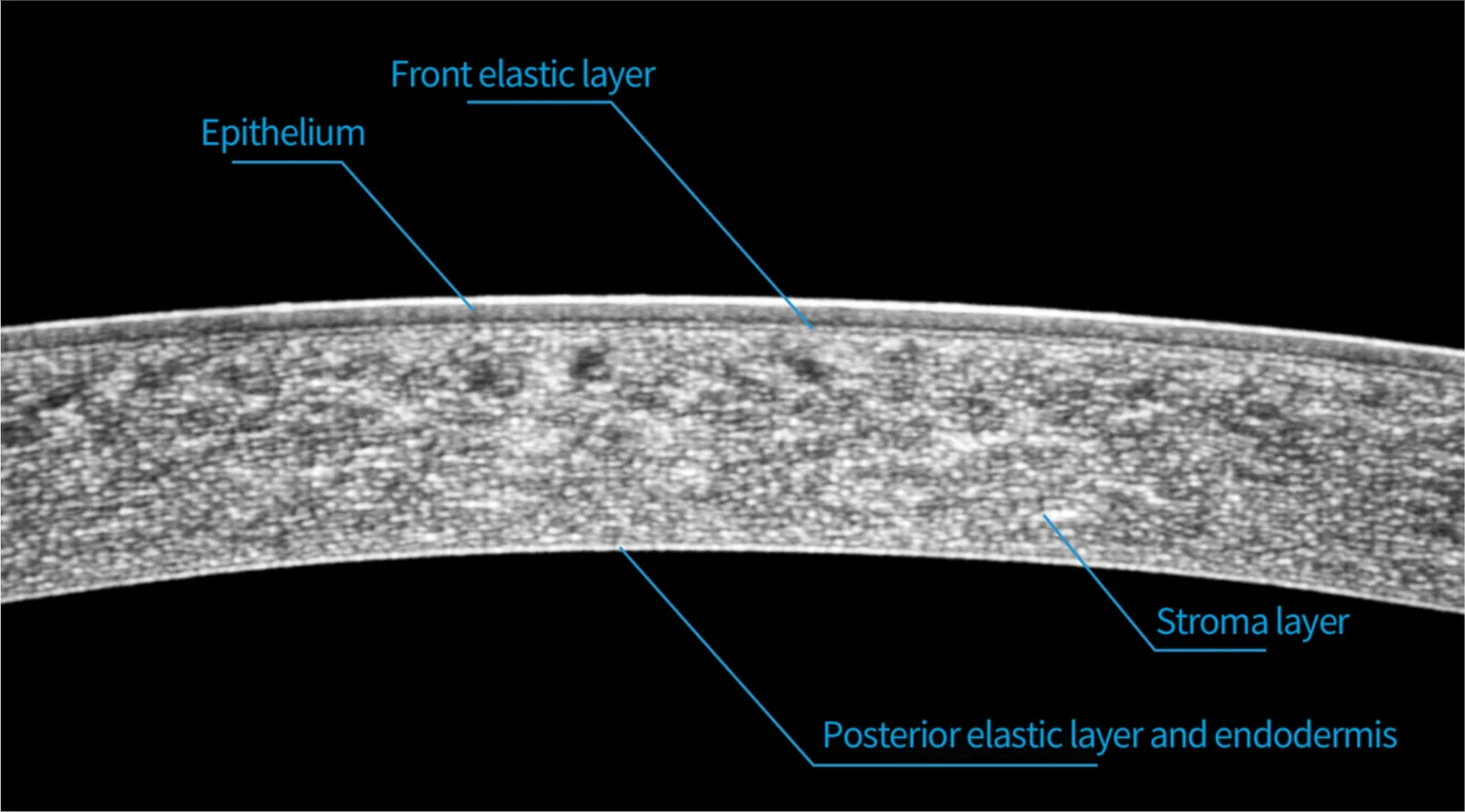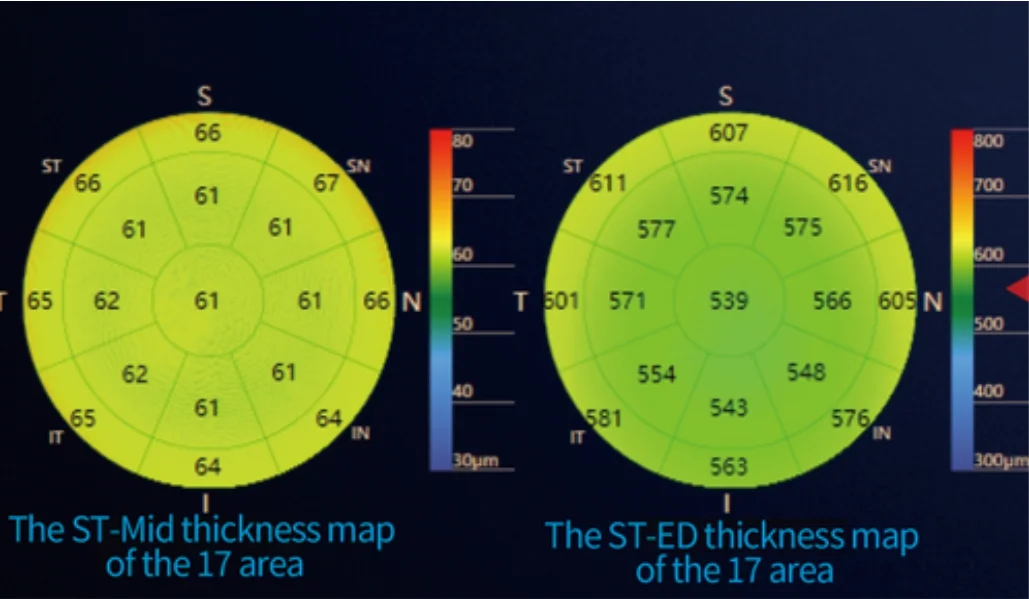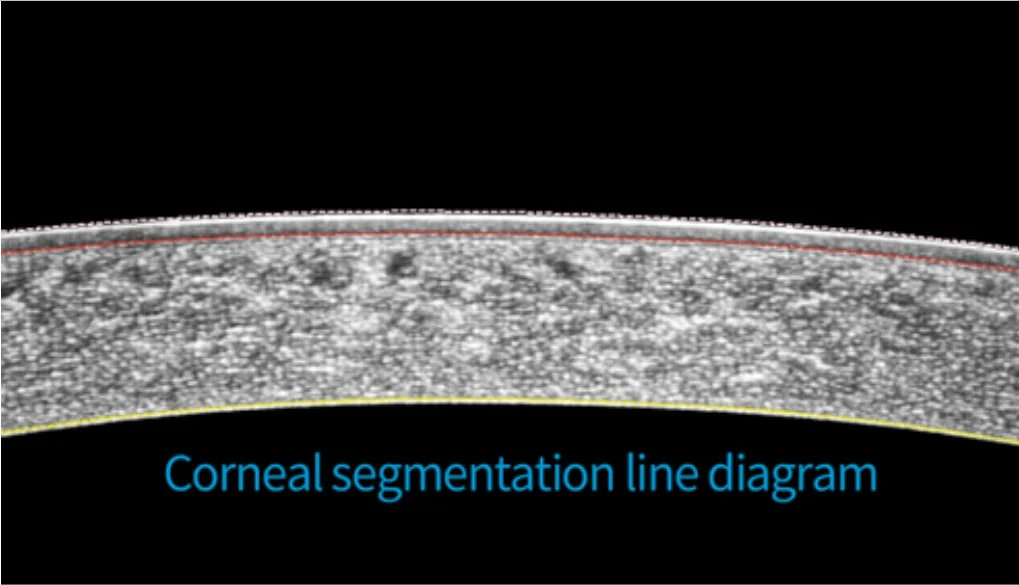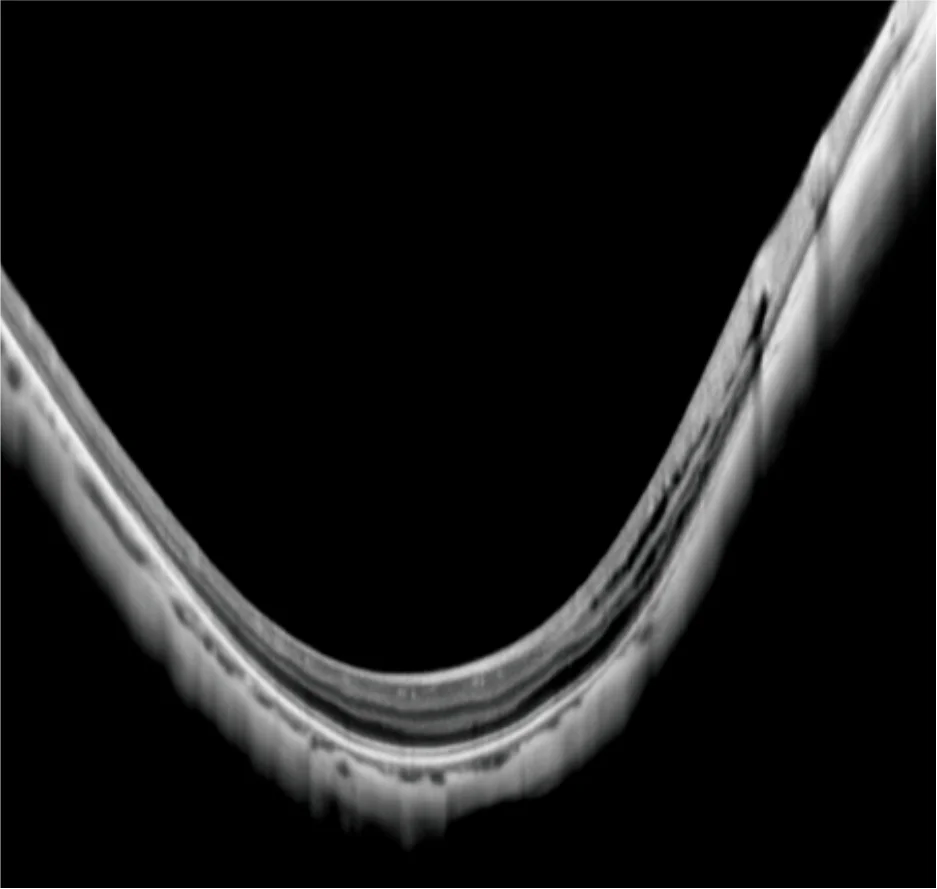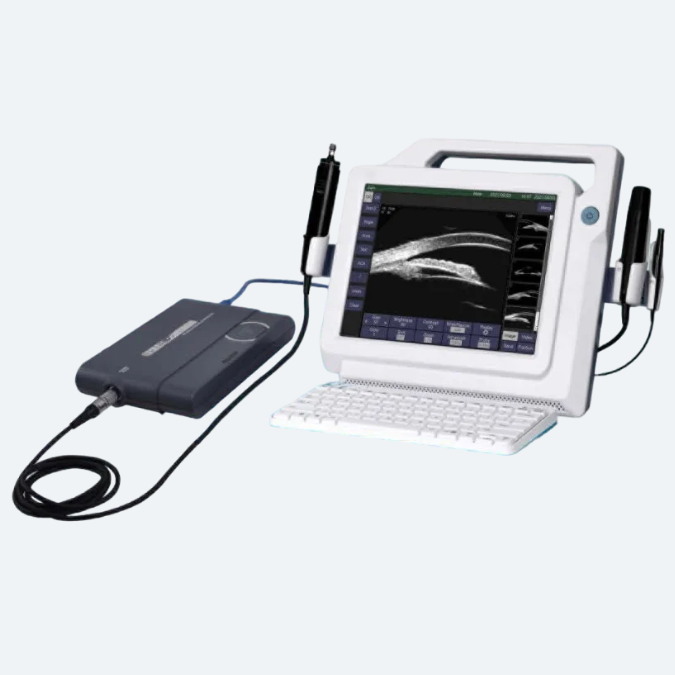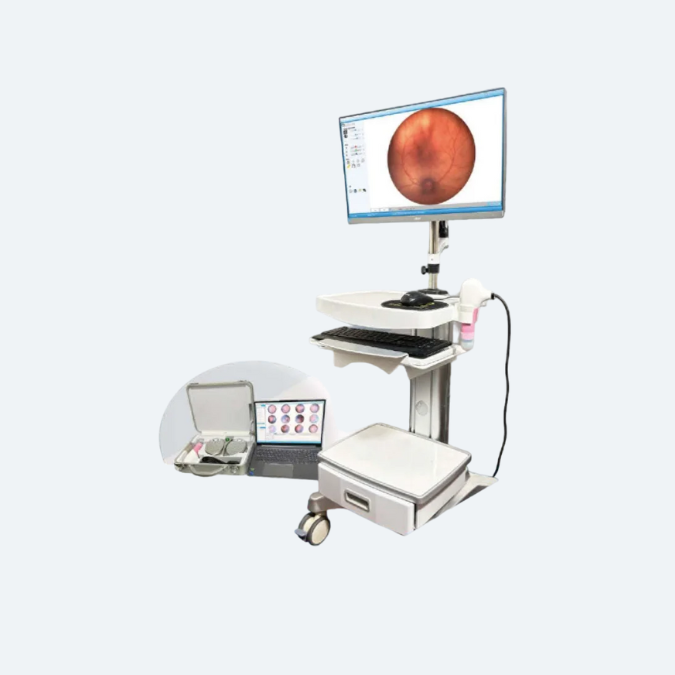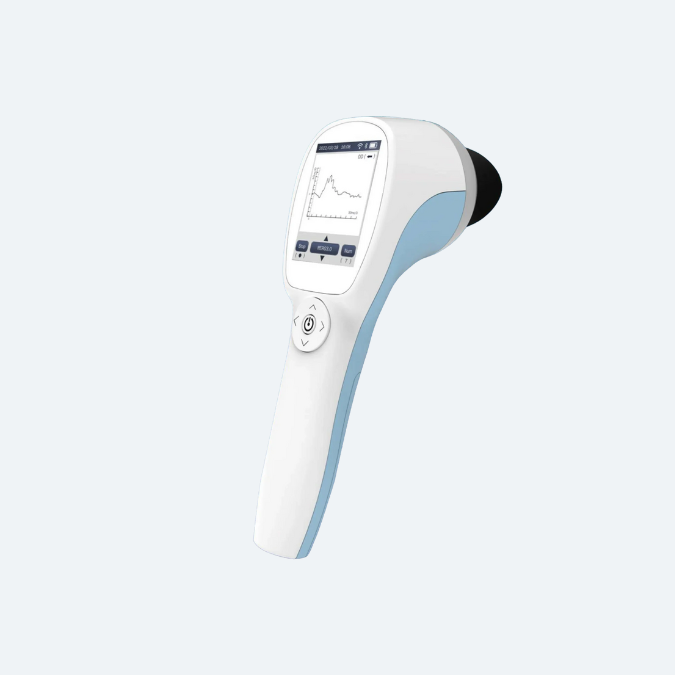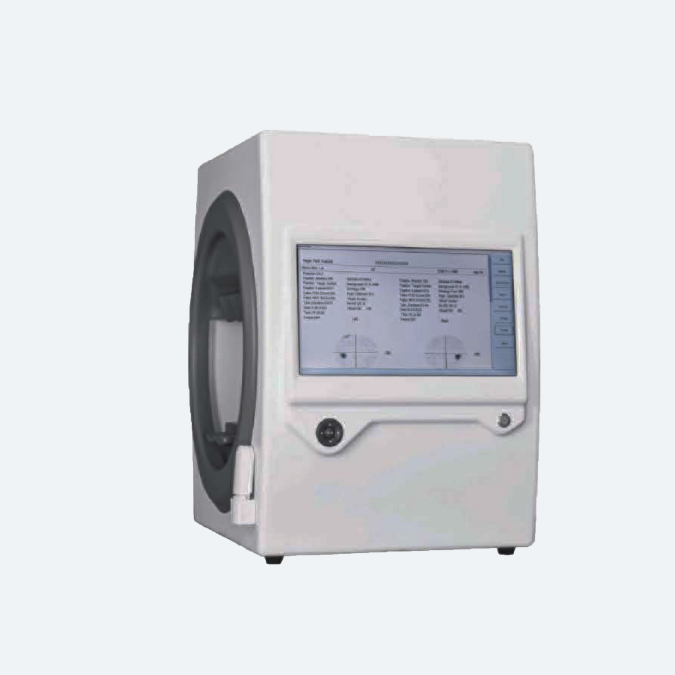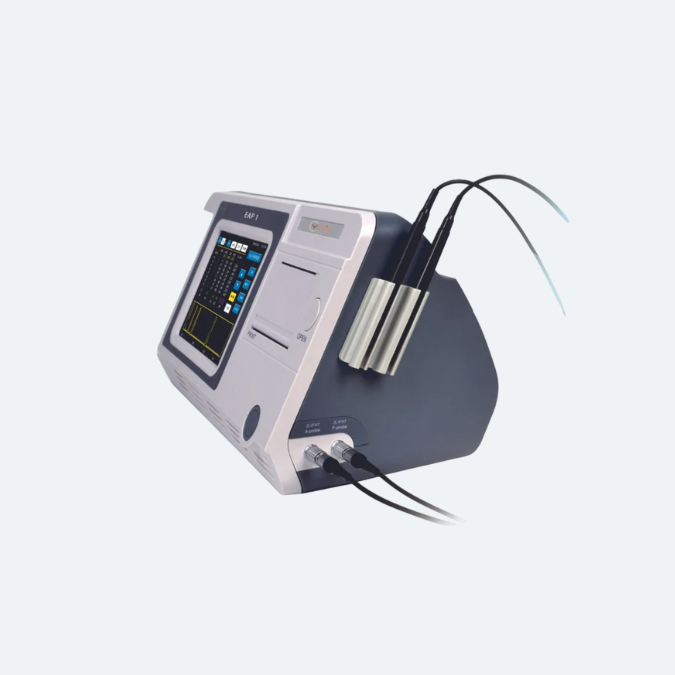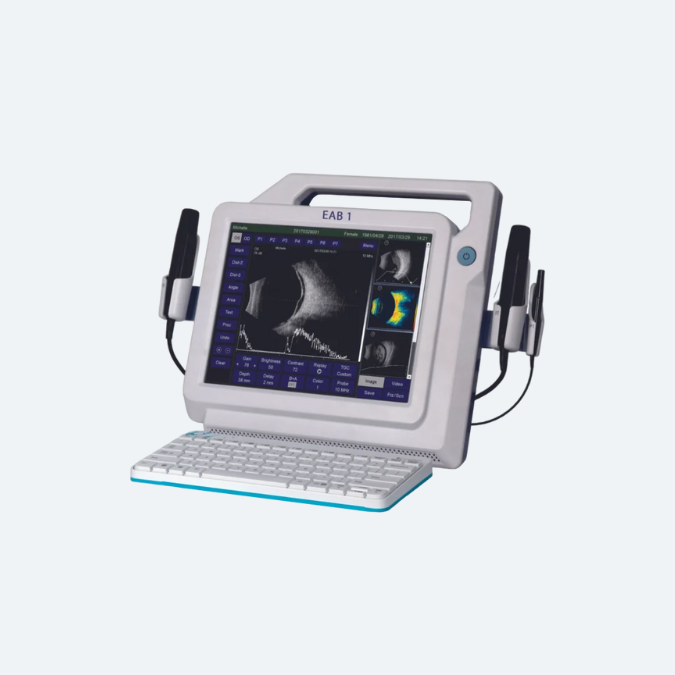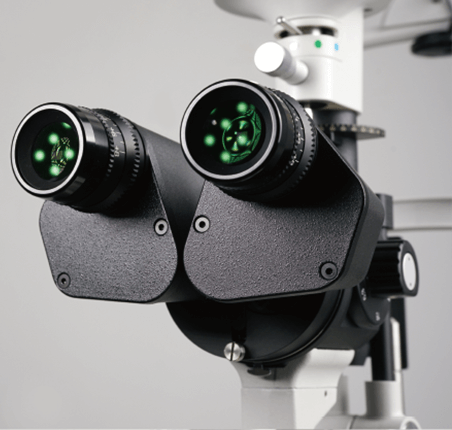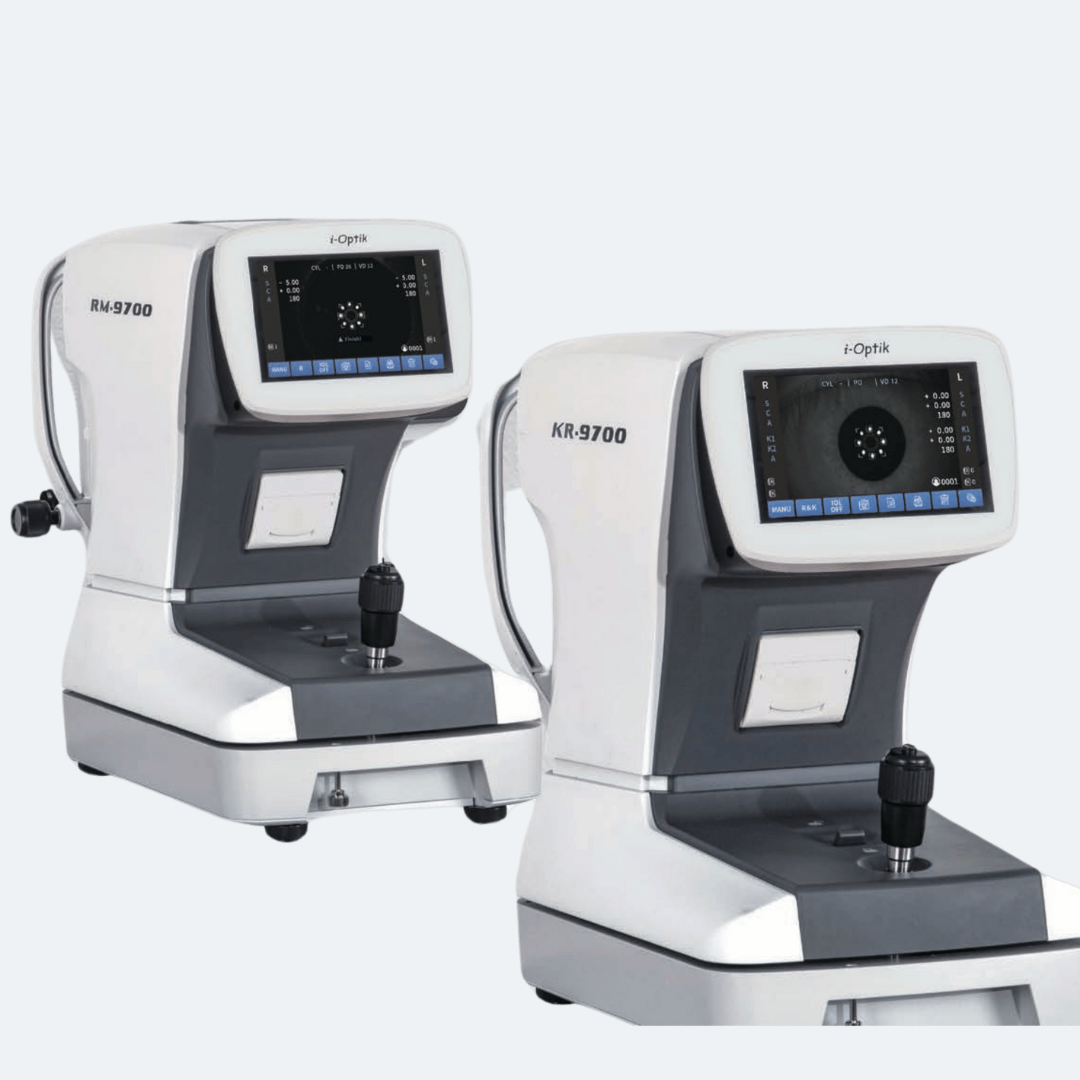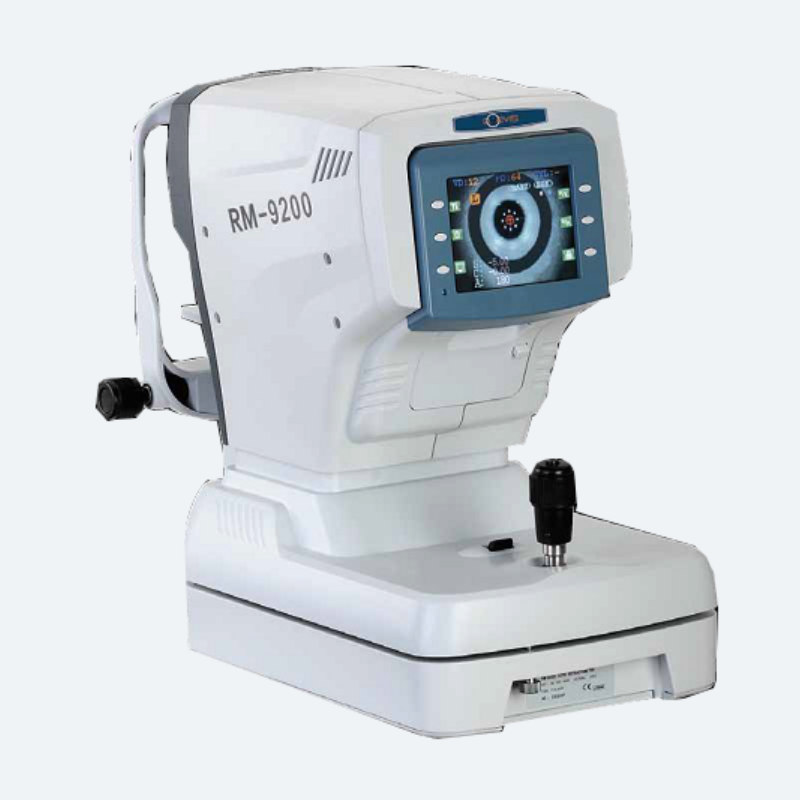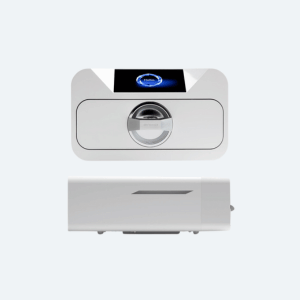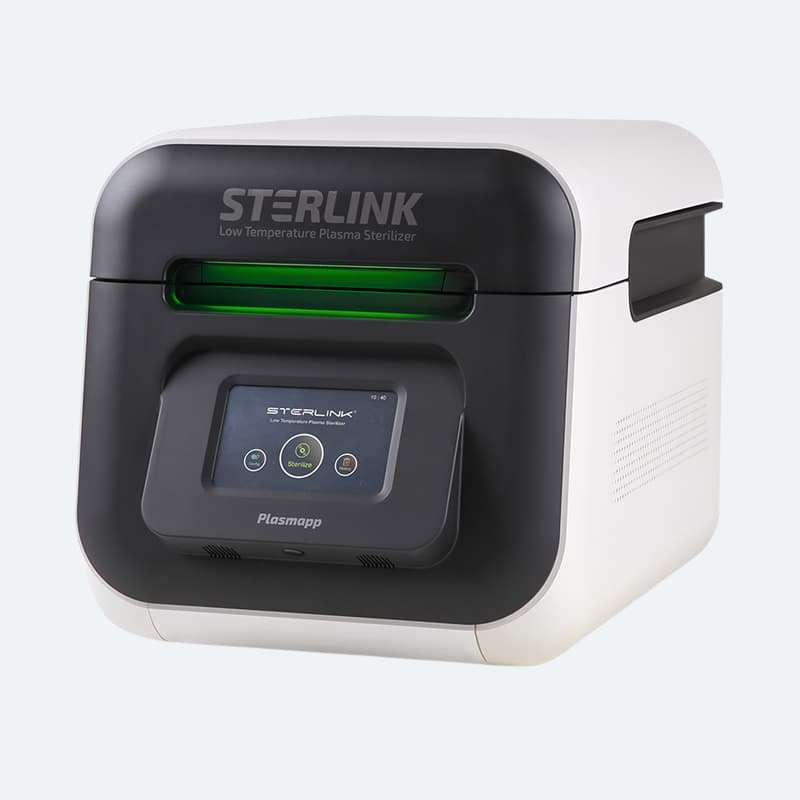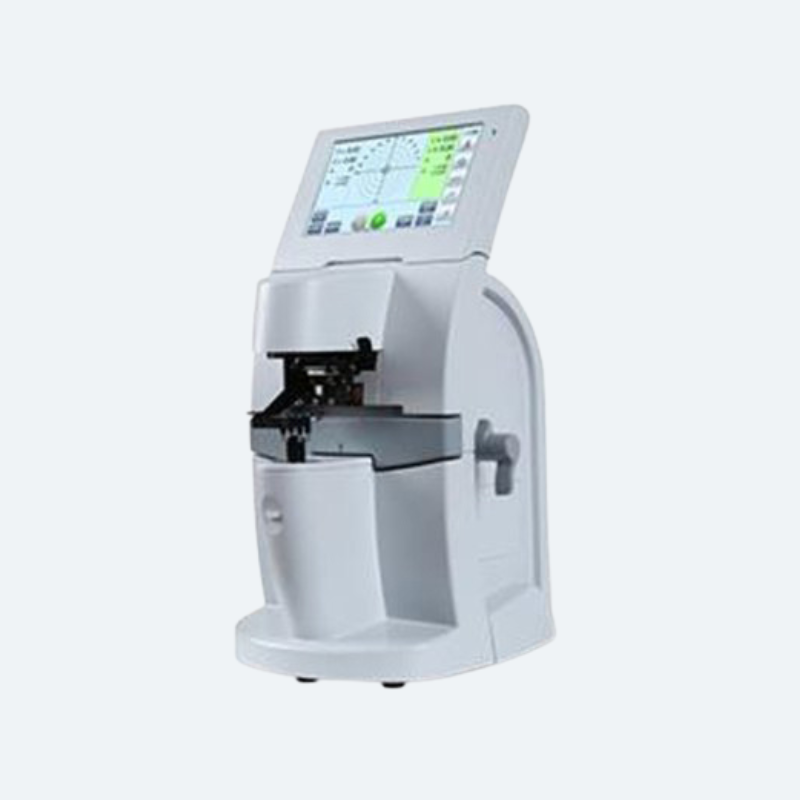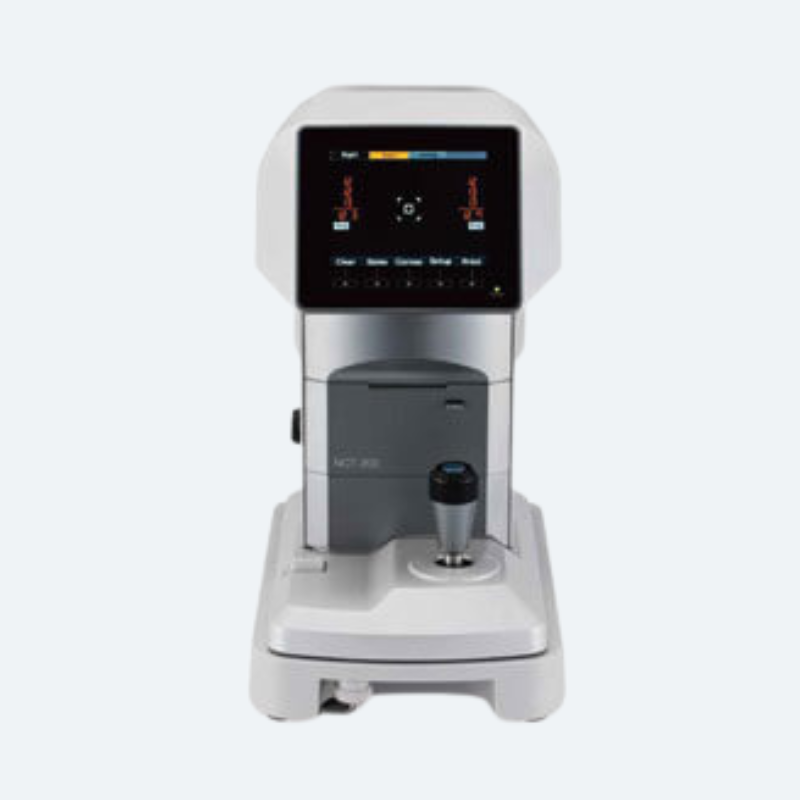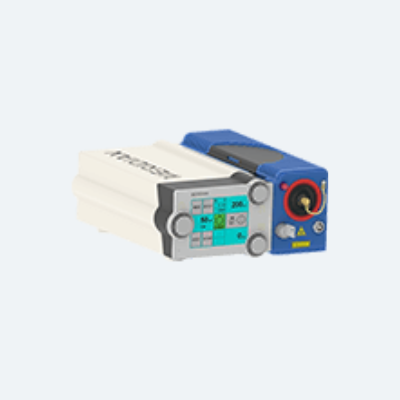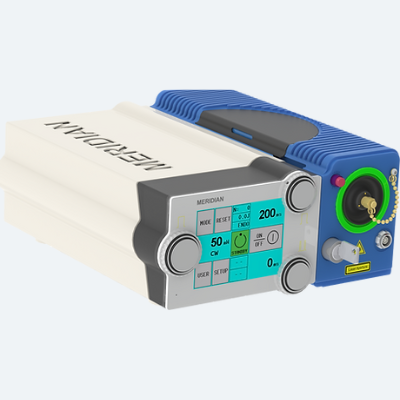Optical Coherence Tomography Machine Best Price in India
Optical Coherence Tomography Machine - AI EOCT 1
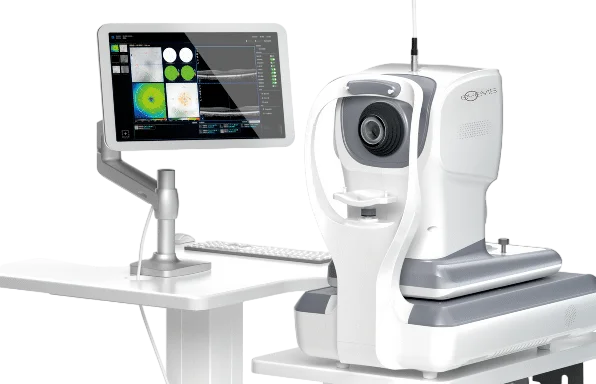
Artificial Intelligence in Optical Coherence Tomography (AI-OCT) revolutionises retinal imaging by leveraging machine learning to analyse OCT scans with speed and accuracy. AI streamlines the detection of eye conditions such as glaucoma, diabetic retinopathy, and macular degeneration, enhancing diagnosis, treatment monitoring, and early detection. This cutting-edge technology delivers faster, more precise analysis, minimising human error and supporting clinicians in making well-informed decisions.
Empowering eye care with advanced AI screening technology for accurate OCT detection.
Ultrasound
Eye Optometry Center
Physical Examination Center
Hospital, Community Clinic
Subject of Application
Myopia prevention and control
Screening for Diabetic Retinopathy
Screening of Eye Diseases for the Elderly
High-Speed Scanning and Ultra-High-Definition Imaging
Achieves 86,000 scans per second, delivering monocular scans in just 2 seconds with high-definition tomography. Clear layer separation enhances diagnostic accuracy.
Automatic Choroid Membrane Measurement
Provides precise stratification analysis to support early intervention in myopia progression.
Versatile OCT Functions to Meet Diverse Needs
Equipped with features like fundus imaging, anterior segment imaging, SLO fundus imaging, eye tracking, and imaging through cloudy media.
AI-Powered Eye Disease Screening System
Automatically detects common fundus abnormalities and performs risk assessments for early diagnosis.
Cloud-Based Data Archiving for Seamless Connectivity
Enables cloud data aggregation across multiple devices, ensuring efficient data sharing, instant access, and fast information exchange.
Al Diagnosis, One-click Enabling Optometry Detection/Eye Disease Screening
Eyevis OCT features advanced AI-driven disease screening systems, enabling fast and efficient fundus examinations in basic optometry centres. These systems enhance diagnostic accuracy and streamline workflows, generating detailed reports with a single click and achieving up to 97% accuracy. Designed for primary healthcare and optometry sectors, the integrated AI Diagnosis Cloud Platform ensures seamless data connectivity and efficient information sharing across devices.
Data Source: From over 10,000 People real scene test
AI Analysis Report
| Feature | Specification |
|---|---|
| Scanning speed | ≥86000 A-Scan/S |
| Image quality | SD; HD; 8K/4K |
| SLO function | Yes |
| Eye tracking function | Yes |
Automatic stratification measurement of choroid membrane (Myopia developmental intervention precision testing)
Automatic thickness measurement, no manual layering required
OCT functions include multiple scanning modes such as line scanning, grid scanning, and three-dimensional scanning, Macular fovea choroidal thickness (SFCT), choroidal subarachnoid thickness map and mean choroidal thickness in the macular region can be measured.
Thickness monitoring before and after myopia prevention and control
Choroidal thickness is closely linked to myopia progression, with higher diopter levels corresponding to a thinner choroid. OCT measurement of choroidal thickness provides an effective way to assess the success of myopia management strategies. This includes evaluating the impact of corneal reshaping lenses, functional lenses, low-dose atropine treatment, and light therapy devices on choroidal thickness changes.
Macular Detection Mode
3D visualization, automatic thickness analysis
Clear stratification, without any loss of detail
Multi-line scanning mode more comprehensive scope
Optical Coherence Tomography (OCT)Technical Specification
| OCT imaging | |
|---|---|
| Methodology | Spectral domain OCT |
| Scan wavelength | 840÷10 nm |
| Exposure power at pupil | ≤600 W |
| Working Distance | 34.9 mm |
| Fixation | Both Internal as well as External |
| Scan speed | ≥86kA-scan/sec |
| Posterior SegmentScan | Scan depth | ≥3.5 mm |
| Axial resolution | <5um | |
| Transverse resolution | ≤15um | |
| Types Imaging Options | Raster scan, single scan with adjustable orientation, dense cube scan, circle or radial scan, 3D visualization, macular thickness map |
| Types Analysis Options | Retinal thickness map-RNFL thickness map with normative database for glaucoma diagnosis, Optical nerve head analysis, optic disc scanning for glaucoma, Progression analysis of RNEL, ONH or 2D, 3D modelling, Enhanced depth imaging for choroidal layer scanning, Fovea to disc alignment, auto disc centration or auto fovea finder, Posterior pole symmetry analysis or combined ganglion cell+IPL and RNFL deviation map for glaucoma diagnosis, Segmentation of different layer of retina RPE elevation analysis or enface image analysis |
| Anterior Segment Scan | Scan depth | 23.5 mm |
| Axial resolution | <5um | |
| Transverse resolution | ≤20um | |
| Anterior Segment Imaging | Auto central corneal thickness (CCT), Anterior chamber angle view, Cornea view |
| Accuracy measurement | <3% |
| Type of Scan | Macular, Optic Disk, HD Scan |
| No of A Scans x B Scan | 512 A Scans x 128 B Scan, 200 A Scans x 200B Scans |
| A-Scan Depth | 13.5mm |
| Center Wave Length | 942 + 10nm |
| Light Source | Single SLD |
| Type of Imaging | Mono Color |
| Picture Angle | 45° x 30° |
| Minimum Photographable Punil Diameter | 2.00mm |
| Depth Resolution | 3.5mm - 13.5mm |
| Vertical Scan Range on Fundus | 13.5mm depth, Axial Resolution ≤ 5um |
| Horizontal Scan Range on Fundus | 13.5mm depth, Transversal Resolution ≤ 15um |
| Vertical Scan Range on Cornea | 3.5mm depth, Axial Resolution ≤ 5um |
| Horizontal Scan Range on Cornea | 3.5mm depth, Transversal Resolution ≤ 20um |
| Lateral Resolution | Transversal Resolution ≤ 15um |
| Fundus imaging |
|
| Methodology | Line scanning Ophthalmoscope (pSLO & IR ) |
| Scan wavelength | 942÷10 nm |
| Exposure power at pupil | ≤1500 uW |
| Field of view | Width: ≥45° Height: ≥30° |
| Frame rate | >7Hz |
| Patient interface | Internal fixation focus adjustment | -20D~+20D |
| Physical Specifications | Dimensions | 532Hx346Wx618D(mm) |
| Weight | 35kg | |
| Software Operating | CPU | i5 |
| Hard Disk | 1T or above | |
| Conditions | |
| Memory | 32G or above |
| GPU | 8G or above |
| Display resolution | 2560×1440 or above |
| Operating System (OS) | Windows 10 and its compatible version |
| Operating Conditions | |
| Input Voltage | 100-240V~ |
| Frequency | 50/60Hz |
| Input Power | 100VA |
| Temperature | 10°C to +35°C |
| Relative humidity | 30% to 90% |
| Atmospheric pressure | 80 KPa to 106KPa |
| Storage Conditions |
|
| Temperature | - 10°C to +55°C |
| Relative humidity | 10% to 95% |
| Atmospheric pressure | 70 KPa to 106KPa |
| Transport Conditions | |
| Temperature | -40°C to +70°C |
| Relative humidity | 10% to 95% |
| Atmospheric pressure | 50KPa to 106Kpa |
| Vibration, sinusoidal | 10Hz to 500 Hz:0,5g |
| Shock | 30g, duration 6ms |
| Bump | 10g, duration 6ms |
What Is Optical Coherence Tomography?
Optical Coherence Tomography (OCT) and Optical Coherence Tomography Angiography (OCTA) are non-invasive imaging techniques that use light waves to capture detailed cross-sectional images of the retina.
OCT enables your ophthalmologist to clearly view each layer of the retina, including the optic nerve fiber layer, for precise evaluation and diagnosis.
What happens during OCT Examination?
Before an OCT exam, your ophthalmologist may or may not use dilating eye drops to widen your pupils, which helps provide a clearer view of the retina.
During the test, you’ll sit in front of the OCT device and rest your head on a support to keep it still. The machine will scan your eye without any physical contact. The process typically takes 5 to 10 minutes. If your eyes were dilated, you might experience light sensitivity for a few hours afterward.
What It Is:
Optical Coherence Tomography (OCT) is a non-invasive imaging method that uses light waves to produce high-resolution, cross-sectional images of the eye.
How It Works:
The device sends light waves into the eye, which reflect off the retina. This allows doctors to view the retina’s individual layers, including the optic nerve fiber layer, in fine detail.
What It’s Used For:
OCT is commonly used to diagnose and monitor eye conditions such as glaucoma, age-related macular degeneration, and diabetic retinopathy.
Benefits:
- Non-Invasive: Completely painless with no direct contact with the eye.
- High-Resolution Imaging: Offers clear, detailed views of the retina, making it easier to detect even minor changes.
- Early Detection: Helps identify eye diseases at an early stage when treatment is most effective.

